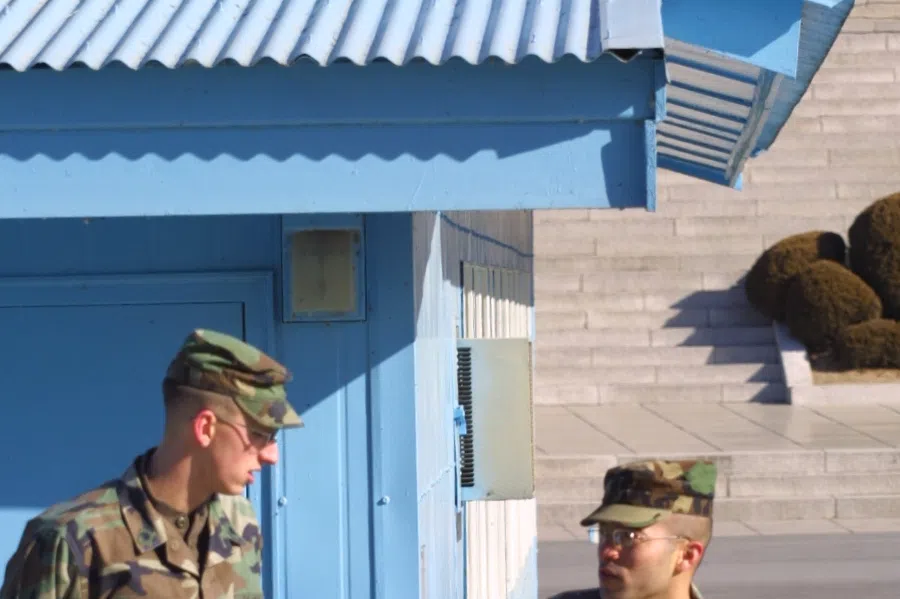(Bloomberg, Washington) New data from the U.S. Space Force shows that the U.S. military is about to deploy two new weapons designed to jam intelligence, surveillance, and reconnaissance (ISR) satellites from China and Russia, giving the Pentagon three counter-space capabilities.
The two new jammers, Meadowlands and Remote Sensing Terminal, will work in conjunction with the larger but less mobile Counter-Communications System, bringing the Pentagon's counter-space capabilities to three. The Counter-Communications System became operational in 2020.
The new anti-satellite systems will be deployed globally and will sometimes operate remotely to counter the growing space threat from China, which the U.S. military is increasingly emphasizing.
According to the U.S. Space Force's unclassified space threat fact list updated in September, as of July this year, China had more than 1,189 satellites in orbit, of which the People's Liberation Army (PLA) benefits from more than 510 intelligence, surveillance, and reconnaissance (ISR) satellites equipped with optical, multispectral, radar, and radio frequency sensors.
It also claimed that the Chinese military uses these satellites to detect US aircraft carriers, expeditionary forces, and fleets.
Further Reading


In April, U.S. Space Force Commander General Salzman told the U.S.-China Economic and Security Review Commission, "Intelligence suggests that the PLA may view counterspace operations as a means of deterring and countering U.S. military intervention in regional conflicts."
Salzman stated that the Chinese military now routinely uses radio frequency jammers in exercises to interfere with space communications, radar, and navigation systems.
The U.S. Space Force said in a statement that due to technical issues, the deployment of Meadowlands was several years behind schedule, but it is currently undergoing final training, live-fire exercises, mission rehearsals, and tactical development, and is expected to be operational this fiscal year. The remote sensing terminals are being deployed to identified overseas locations, but their locations were not disclosed.













